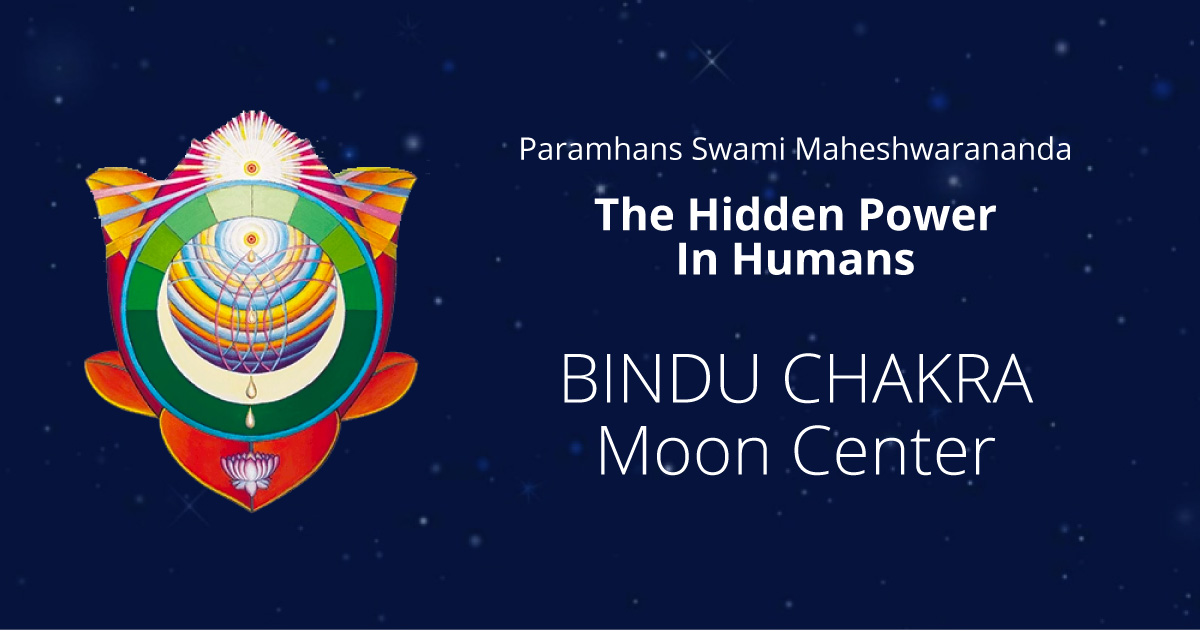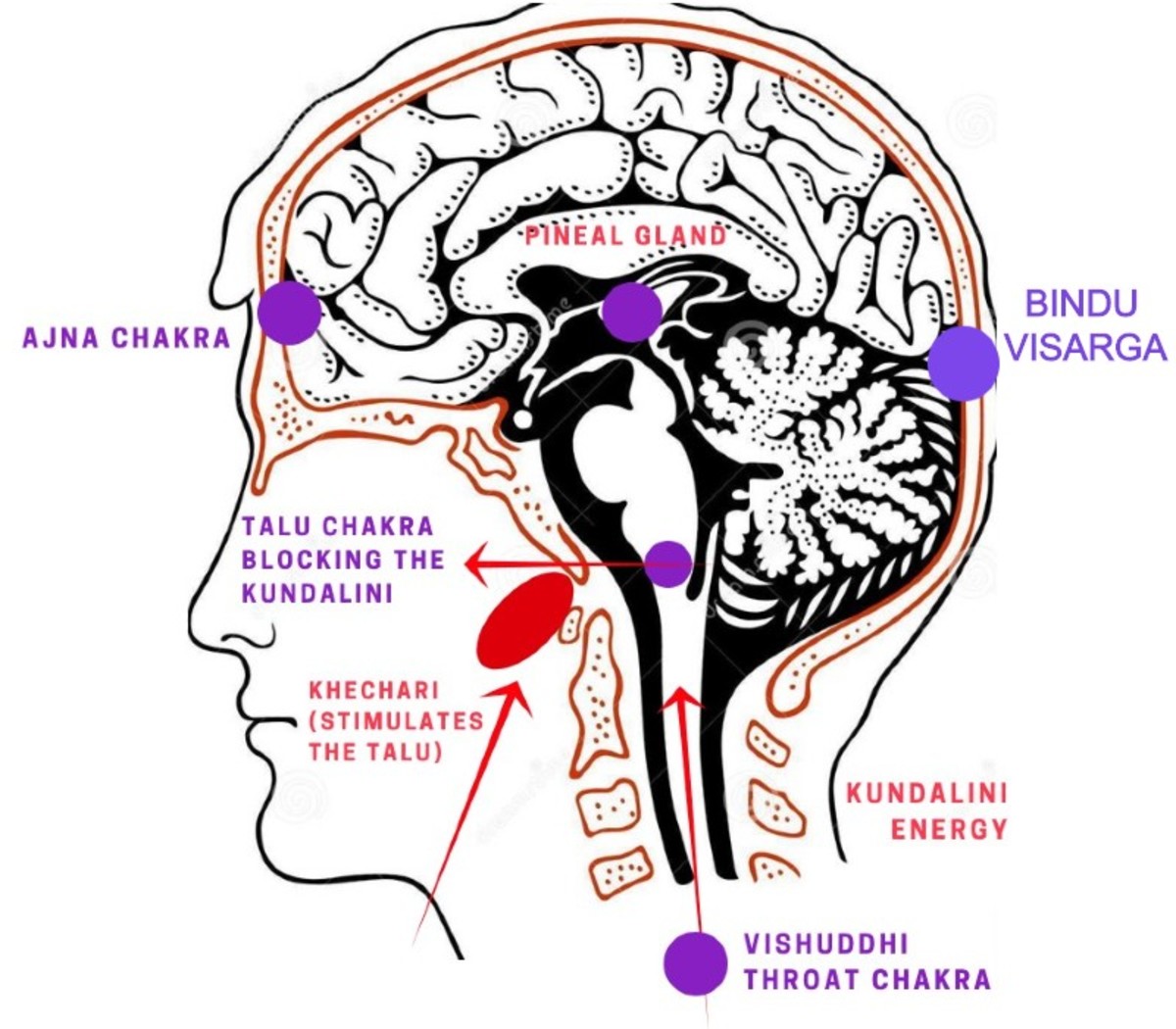
Kundalini and Concentration – Concentration is a mental process of reducing multiform consciousness to a point, termed bindu
Concentration is not focused thought (bhawana) but is the process consisting of dharana, dhyana and samadhi. It does not come into being unless pratyahara is first established.
In focussed thought, though mental efforts are made to centralize thought on a chosen object, yet it is often diversified; an automatic and uncontrollable penetration of other objective images occurs, and consequently the whole thought system is shaken.
Concentration is a mental process of reducing multiform consciousness to a point, termed bindu.
The development of this mental power is dependent upon the transformation of the diversified prank forces into a state of prank concentration and withdrawal by which the vital and sensory functions become internalized. These are the processes of pranayama and pratyahara.
Thereafter, and on the basis of pratyahara, pranic dynamism functions in the mind and rouses the slumbering mentative energy which expresses itself as dharana-power, the immensely strong power to hold the one-pointedness of consciousness in the form of only one object, for a sufficiently long time to be effective.
This power grows step by step, and it is then possible to continuously maintain single-objectiveness of consciousness uninterruptedly and for a prolonged period of time.
This produces very deep concentration; and from that deep concentration a ‘mental light’ comes into being which can be focussed on any object, inner or outer. This state of consciousness is called dhyana.
Prolonged and repeated dhyana deepens concentration so that it reaches the bindu state. This is the highest point of mental concentration in which consciousness is maximally concentrated to a point and the truth-exposing concentration-light shines forth.
This is samprajfiata samadhi. Ultimately, samprajfiata samadhi consciousness is coiled into bodiless and mind-transcendent supreme consciousness in asamprajfiata samadhi. The general principles of concentration have been modified, specialized and elaborated in different systems of yoga to suit the particular needs of the practitioners.
In the hathayoga method of concentration, an attempt has been made to obliterate the mental reaction effects from the brain by the pranic withdrawal by pranayama. It is necessary first to elevate pranayamic breathing to the nadishuddhi level for this purpose.
For the effectiveness of the nadishuddhi pranayama, the body needs to be purified and vitalized by the practice of posture exercise, internal cleansing and right diet. In rajayoga, centralized thought, combined with spiritual reflection, is applied for the attainment of pratyahara. The intensified thought causes pranic withdrawal and sensory control.
Thereafter, the dharana power is roused and gradually dhyana and samadhi are attained. In mantrayoga, concentration is attained by the use of mantra. Mantra is an aspect of Kundalini, and it is in sound-form. So mantra is actually Kundalini in mantra form. The mantra sound cannot be heard by the physical ear.
The replication of mantra on the physical plane is the lettered wailchari sound which is audible. The wailchari mantra, in conjunction with pranayama and other special processes, is utilized, according to the direction of a guru, to enliven the mantra. In other words, it is the rousing of Kundalini in mantra form.
When the mantra-Kundalini is roused, it exhibits its absorptive and control powers by which, step by step, the control of prana and the senses is attained. The influence of the outer objects on the mind is neutralized by the mantra power.
Consequently, it is a great help in the attainment of pratyahara and self-control.
Then mantra-Kundalini is transformed into Ishtadewata—the metamorphosis of subtle Kundalini through the mantra power into an appropriate divine form. At this stage, dharana and dhyana are attained.
After this, Ishtadewata is again transformed into subtle Kundalini when samprajfiata samadhi is attained. Finally, Kundalini absorbs the mind and all other things and remains alone, and is then absorbed into Supreme Consciousness in asamprtijfiata samadhi.
In Kundaliniyoga, which is the fundamental part of layayoga, concentration is attained through the roused Kundalini. So in this yoga, the rousing of Kundalini is the essential process.
This rousing is only possible in the muladhara chakra. Focussed thought is the main factor of the rousing process.
The intensified thought, in conjunction with pranayamic breathing, mantras and bandhas, becomes so forceful that ultimately it makes static Kundalini dynamic. If the centralized thought is imbibed with intense godly love, thought power is much enhanced.
The roused Kundalini exhibits higher control power by which dharana, dhyana and samadhi are attained.

Leave a Reply